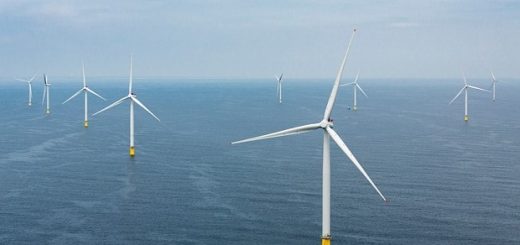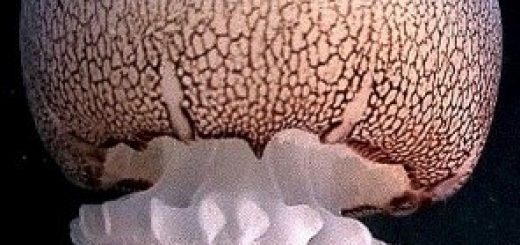It’s a trap! The allure of wastewater for freshwater fish
Urban wastewater is a major source of aquatic pollution. Waste is treated before being released to the environment, but the degree of treatment varies between facilities. Generally, the treatment process follows a few key steps, including (1) filtering of solids that might damage the machinery, (2) aeration to encourage bacterial growth for natural decomposition, (3) removal of active bacteria, and (4) chlorination and disinfection (Figure 1). This process, and the composition of the final product, vary by location and depends on several factors such as local laws, the volume of incoming waste, and the age of the treatment infrastructure. Furthermore, facilities are often slow to convert to updated technologies that improve the quality of the effluent. The large variability in effluent quality makes it challenging to draw conclusions about how wastewater impacts fish.

Wastewater effluent contains an abundance of nutrients (e.g. Nitrogen and Phosphorus), along with many contaminants that are not removed during the treatment process. Common contaminants include substances like pharmaceuticals and personal care products (PPCPs), microplastics, metals, and Bisphenol A (BPAs). Although fish might be attracted to the abundant food and favourable temperatures offered by wastewater, these intriguing factors are coupled with contaminant exposure. A recent study led by Hossein Mehdi, a PhD student and researcher at McMaster University in Hamilton, Ontario, Canada, evaluated the potential for wastewater effluent to act as an ecological trap, where fish choose habitats that hurt their survival. This two-year study was conducted nearby two wastewater treatment facilities in Hamilton Harbour (an international area of concern in the Great Lakes), that differed in their degree of treatment and the number of people that they serve. One treatment plant has been recently updated and serves a population of ~30,000, and the other has plans for updates and serves a larger population of about ~480,000. The project took a comprehensive approach, looking at the fish community and water quality at increasing distances from discharge points during the summer and winter.
The scientists sampled fish using boat-based electrofishing, and minnow and Windermere traps. They recorded the number of individuals caught of each species, as well as other information regarding the size and sex of individuals to get an estimate of community composition. At both study sites, fish abundance, species richness and species diversity were highest near the wastewater outfalls during the winter, but not during the summer months. This result suggests that during the colder months, fish may be attracted to the warmer temperatures offered by wastewater plumes (Figure 2). Unfortunately, the warmth comes at a cost. The authors took water samples back to the lab, from both the summer and the winter, and report a particularly high concentration of contaminants in the winter wastewater. The authors suggest that the signature of wastewater changes between seasons and that the quality of effluent is worse in the winter, likely because things like caffeine and medication consumption increase during the winter months. The authors also reported a high presence of more resilient species such as the invasive round goby (Neogobius melanostomus) at sites closer to the wastewater outfalls. The high presence of resilient species (often invasive and non-native) near the wastewater outfalls suggests that they might be better equipped to handle the high contaminant loads compared to less tolerant species (such as many native fishes).

Figure 2. Steam rising from a wastewater effluent outfall in Hamilton, ON, Canada signifying the warmer temperatures of wastewater compared to the surrounding environment during the winter. Photo Credit: Hossein Mehdi, McMaster University.
Few fish community studies are conducted during the winter due to the many challenges of winter fieldwork. Mehdi et al (2020) demonstrate the importance of winter monitoring because fish are especially attracted to wastewater outfalls during this season, when contaminant loads are coincidently higher. Furthermore, this study indicates the importance of investment into treatment plant upgrades in order to protect animals that rely on sensitive habitats—where wastewater is often expelled—many of which are already battling anthropogenic pollution, invasive species, and other forms of habitat degradation.
References:
Mehdi H, Lau SC, Synyshyn C, Salena MG, McCallum ES, Muzzatti MN, Bowman JE, Mataya K, Bragg LM, Servos MR, Kidd KA, Scott GR, Balshine S (2020) Municipal wastewater as an ecological trap: Effects on fish communities across seasons. Science of the Total Environment, p.143430. https://doi.org/10.1016/j.scitotenv.2020.143430



